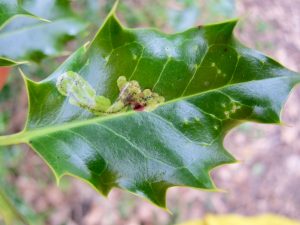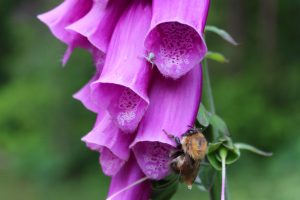woodland web updates – 21

Ancient Trees
A recent report has emphasised the importance of protecting and preserving ancient trees. Ancient (or veteran) oaks can live in excess of a thousand years, as can Yews. The Bristlecones of California and Nevada may live for some five thousand years !
Such trees represent a massive carbon store. The carbon dioxide from the atmosphere being locked away for a millennium or five! Not only are such trees a significant carbon store but they also offer a home or food for many other species - fungi, epiphytes such lichens & mosses, plus larval and adult stages of insects, and a variety of birds and mammals. As such the are localised centres of diversity that contribute to ecosystem stability. Not only are these trees ‘hotspots’ for species diversity but they are also centres of mycorrhizal activity and connectivity. Mycorrhizae represent a symbiosis between fungi and plant.
 Plants ‘register’ wounding.
Plants ‘register’ wounding.
When we are hurt, our nerves register the pain through the movement of sodium and potassium ions along the nerves. When a plant is wounded, calcium ions are known to move in response, travelling from cell to cell, and leaf to leaf. However, it is now known (through research at the John Innes Centre in Norwich) that this is not the first response of the plant to physical injury. When cells are wounded they release glutamate, a form of glutamic acid (an amino acid). This travels along the cell wall and activates channels in the cell membranes that then allow the movement of the calcium ions.
A bumblebee pathogen.
 One of parasites of bumblebees is Crithidia bombi. It is a protozoan (single celled animal) that reproduces in the gut of the bumble bee. When infected with this parasite the foraging behaviour of the bee is impaired, as is its ability to learn. A colony may also suffer from increased worker mortality.
One of parasites of bumblebees is Crithidia bombi. It is a protozoan (single celled animal) that reproduces in the gut of the bumble bee. When infected with this parasite the foraging behaviour of the bee is impaired, as is its ability to learn. A colony may also suffer from increased worker mortality.
Now research has shown that floral structure may influence the transmission of this parasite from bee to bee. The length and shape of the petals seems to be a critical factor. If the bees ‘crawls’ in a ‘tube’ of petals, then it may leave behind some faeces. If the bee is infected with the parasite, then it will be present in the faeces. If the flower is then visited by another bee then it runs the risk of coming in contact with the faeces and being infected with the parasite. Plants that have flowers with shorter petals / corollas are less likely to have faeces deposited within them, and therefore less likely to pass on the parasite to the visiting bumblebees.
Comments are closed for this post.
